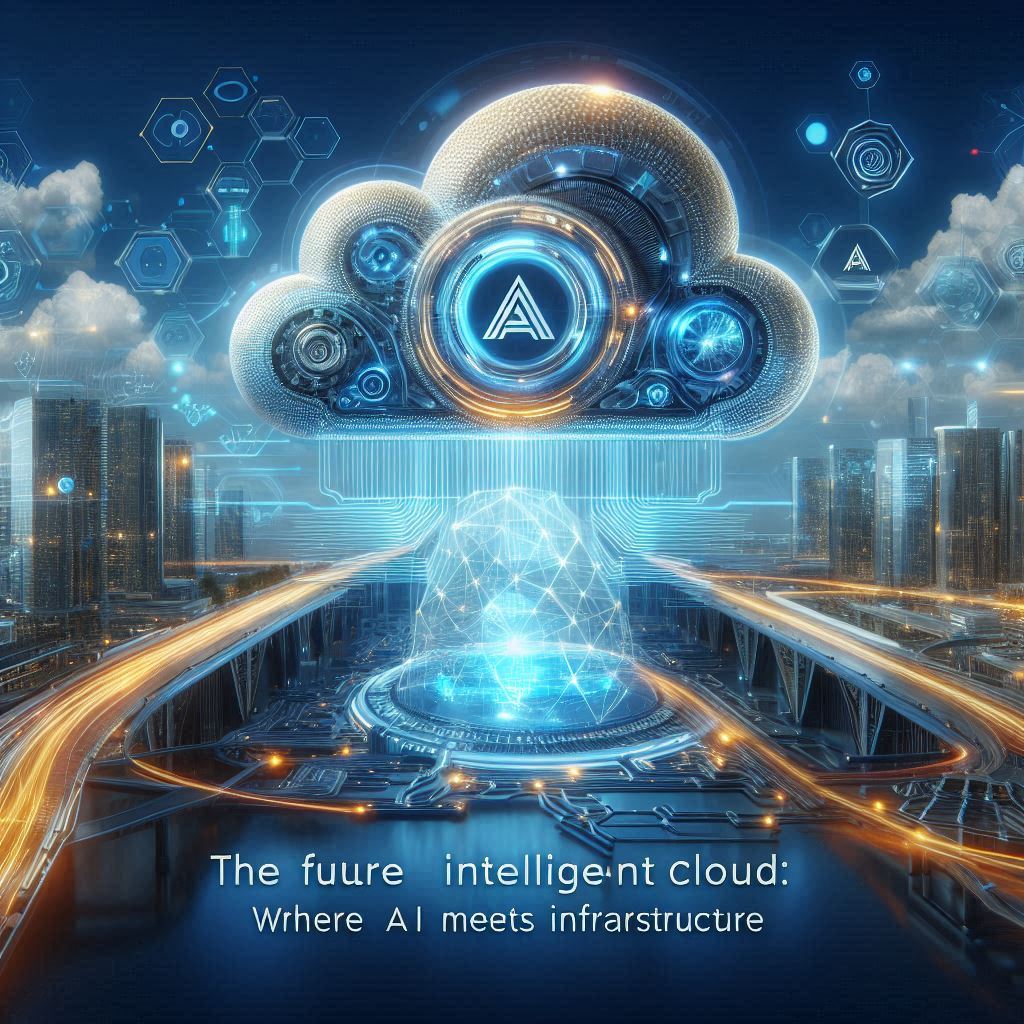The digital landscape in 2025 is being reshaped by a technology once confined to research labs and tech giants: Artificial Intelligence. As AI steadily permeates industries—from finance to healthcare and logistics—its democratization has become paramount. At the forefront of this transformation lies a powerful innovation: AI-as-a-Service (AIaaS). By leveraging cloud computing, providers are breaking down barriers and making machine learning (ML) accessible to a wider audience than ever before.
From the Past to Present: The Evolution of AI Deployment
In the past, deploying AI models required a significant investment in infrastructure and expertise. Businesses needed in-house data scientists, massive computational resources, and months of development time just to get a single model up and running. This exclusivity made it a luxury, available primarily to tech-forward corporations.
Fast forward to today, and AIaaS has flipped the script. Cloud giants such as Amazon Web Services (AWS), Google Cloud, Microsoft Azure, and IBM Cloud now offer ready-to-deploy AI tools via APIs and pre-trained models. These platforms enable businesses, regardless of size, to integrate sophisticated AI functionalities—like natural language processing, image recognition, and predictive analytics—within days or even hours.
Data-Driven Growth: The AIaaS Market in 2025
According to a Statista report, the global AI-as-a-Service market is projected to hit $67.2 billion in 2025, up from just $6.2 billion in 2020. This reflects an astonishing compound annual growth rate (CAGR) of 45.2% over five years.
Several factors contribute to this surge:
- Scalability and flexibility of cloud platforms
- Reduced operational costs
- Growing demand for automation and intelligent insights
- Increased adoption of digital transformation strategies post-COVID
The future of business is clearly rooted in AI-powered services, with organizations using them to improve decision-making, streamline operations, and gain a competitive edge.
How Cloud Providers Are Changing the Game
Cloud providers have made three major advancements that distinguish AIaaS from traditional ML practices:
1. User-Friendly Platforms
Platforms like Google Cloud’s AutoML or Amazon SageMaker offer drag-and-drop interfaces, automated model training, and hyperparameter tuning, allowing even non-technical users to build and deploy models. For instance, over 1 million models have been trained using Google’s AutoML suite as of 2024, according to Google Cloud’s internal metrics.
2. Cost Efficiency
Before AIaaS, high-performance GPUs and on-premise servers were prohibitively expensive. With pay-as-you-go pricing models, businesses now only pay for what they use. A mid-size e-commerce company, for example, can access advanced recommendation algorithms at a fraction of the cost of hiring a dedicated data science team.
3. Security and Compliance
Concerns around data privacy have led providers to include built-in compliance for standards like GDPR, HIPAA, and ISO/IEC 27001. Microsoft Azure, for example, offers region-specific data handling and end-to-end encryption, ensuring that even sensitive industries like finance and healthcare can adopt AI safely.
Real-World Success Stories
Retailers like Sephora use AIaaS for personalized shopping experiences through chatbots and recommendation engines. Meanwhile, GE Healthcare leverages cloud-based AI for real-time diagnostic imaging, reducing time-to-diagnosis by up to 30%, according to a 2023 case study.
In agriculture, companies are utilizing satellite data processed via AIaaS to optimize crop yields, while logistics firms enhance route planning and delivery times using predictive analytics powered by machine learning.
Challenges and Considerations
While the rise of AIaaS is exciting, it’s not without its challenges. Data security, dependency on cloud vendors, and lack of internal expertise are still concerns for some organizations. There’s also an ethical layer—ensuring that the AI models deployed are free from bias and trained on representative datasets.
That said, the trend is unmistakable: more industries are embracing AI tools that previously seemed out of reach. Education providers, for instance, are using AI to tailor learning modules to individual students, while startups are launching MVPs with AI-backed features in a matter of weeks.
Looking to the Future
As we navigate through 2025, it’s evident that AI is no longer the preserve of data scientists and coders. Thanks to the cloud, its power is now in the hands of product managers, marketers, and even small business owners.
The future will see even more sophisticated AI models becoming plug-and-play. Quantum computing and edge AI may soon integrate with AIaaS platforms, unlocking possibilities that are still hard to imagine.
In essence, the past limitations of AI access have been steadily eroded. The future belongs to those who can leverage these tools smartly and ethically. As cloud providers continue to innovate, the line between human intelligence and machine insight will blur—creating a collaborative future that enhances how we live and work.






